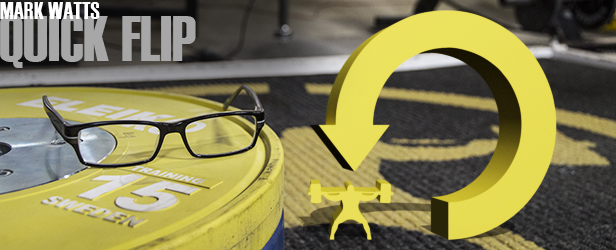
Pre-Session
I had learned a lot during my career. The more I had figured out, the more I had to learn. Being adaptable in a small college setting is imperative. There are so many obstacles that you end up fighting battles you shouldn’t. And you end up settling way too much. But that is something to talk about further down the road. One thing I feel comfortable about is the basic periodization schemes, exercise selections, and teaching progressions we implemented. Unfortunately, while most think those are the most important variables in a S&C program, they’re not. Here are some aspects of programming that I am glad we evolved into. I will just concentrate on the basic training structure.
Pre-Habilitation
You cannot prevent injuries before they happen, but it is necessary to utilize your Needs Analysis to determine what are the most common injury potential based on the sport and the individual. In a large team setting, it is hard to individualize this so we generalize based on potential.
Female Athletes – ACL Prevention Strategies
Collision/ Combat Sports – Potential Concussion Prevention Strategies
Overhead Athletes – PSG/ Ext Rot Strategies
Logistically, I figured that all athletes regardless of sport would be able to benefit from some bare minimum movements. We also would implement these circuits based on equipment used. This I would do all over again, because we were able to address some high injury risk movements without bottlenecks. Here are some examples:
- PSG – Face Pulls
- Core – Palloff Press
- Core – band Crunch
- ACL – Seated Hip ABduction
- ACL – Band TKEs
- PSG – Band Pull-Aparts
- PSG – Standing Band Snatch
- Core – Standing Side Bends
- ACL – Seated Hip ABduction
- ACL – OH Squats
- PSG – Scarecrows
- PSG – External Rotation
- Core – Leading Pallof Press
- Core – Fall Outs
- ACL – Assisted Skater, Split, or OH Squats
Soft Tissue Work
Foam rolling became a staple for all of our athletes. What I had to realize is that athletes are just as likely to adapt to soft tissue work and need an progrssion. Implemented PVC pipes, softballs, and barbells took this portion of our training up a notch.
Movement Prep
Adjusting this sequence to address chronic and acute adaptations is where we needed to go with our warm-up. Activities like mobility drills, ladder drills, etc. should not only have a long-term effect on performance but should directly effect the workout in a positive manner. For examples, here is a list of a potential exercise in a workout and what mobility exercise we would implement to address that movement:
All sessions: Ankle mobility, Hip Mobility, T-Spine Mobility, Hip Flexor stretch
Snatch – Wall slides,
Clean – Wrist mobility, T-spine, Tricep STW
Squat – Hip Mobility
Dynamic Warm-Up
Thank goodness we got away from jogging a few laps before a ground based warm-up. We started to implement some rapid response multi-directional plyometrics in its place. We also streamlined our warm-ups significance to make room fro the pre-hab, soft tissue work and movement prep protocols listed above.
Here is a typical warm-up sequence we were finally happy with. It only took me 15 years to figure it out. We stopped doing the traditional Parisi type warm-up when coaches noticed that the first thing our athletes did was lie down on a foam roller and then lie down on the floor. Here is an example of what we ended up with:
- Hurdle Drill – Alternating Lateral step-over & lateral duck-under with rotation to lunge
- Ankle Mobility Against Wall
- Repeat hurdle drill sequence facing the opposite way
- Couch Stretch (Hip Flexor) with foot against wall and knee on floor
- Repeat hurdle drill sequence
- T-spine Mobility – elbows on bench, hands behind head
- Repeat hurdle drill sequence
- Wall Slides or Sumo Stretch








